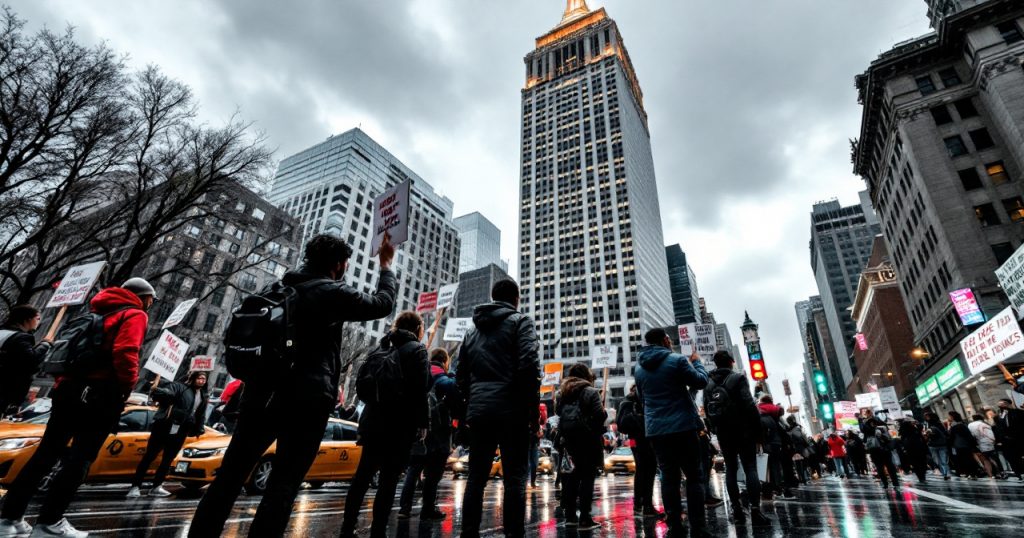The New York Times faces a historic strike: issues and repercussions
On the eve of the crucial American elections on November 5, the New York Times is confronted with an indefinite strike by its technical teams, threatening its access to information during the election period. The “Times Tech Guild” union, representing over 600 employees in the tech sectors, demands better working conditions and salary increases justified by the growing challenges in their field.
The strike was initiated following a deadlock in contract negotiations that have dragged on for several months. Workers emphasize the crucial importance of engineers and developers for the smooth operation of the American daily during such a decisive election as the one opposing Donald Trump and Kamala Harris. Despite this, management claims that these positions are already among the best paid within or even across the entire tech industry.
Economic context and impact on the newspaper
At the same time, the publishing company The New York Times Company recently released its financial results for the third quarter. These results reveal a revenue of nearly 640 million dollars with about 260,000 net new digital subscribers added during this period. This shows a positive momentum despite the tense context but also raises questions about sustainability if the demands are not addressed quickly.
Reactions from staff
The involved employees express their frustration over the persistent delays in discussions about their working conditions. Kait Hoehne, a software engineer at the NYT, highlights that there is a gap between their essential contributions and the apparent lack of financial or psychological commitment from management towards them: “We look forward to being able to work without worry… The ball is now in their court.”
Journalists are not directly participating in the current movement; however, the strike could potentially affect their ability to report the news if it continues for a few critical days around the elections.
A pivotal moment for American democracy
This social movement comes at a time when the editorial board has recently boldly called on Americans to vote against Donald Trump through a striking editorial published just before these major elections. This concise text will challenge many American voters while further raising the democratic issue related to information accessible through digital means in this critical phase.
In summary, this situation represents not only an internal strategic confrontation but also raises questions about how much these internal struggles compromise or strengthen the flagship American media’s ability to effectively inform its audience during a time when every vote clearly counts.
To learn more:
-
Discover the strategies behind “Modern Love” two decades after its creation.
-
Read the controversial editorial calling against Trump to understand how it resonates with these events.

